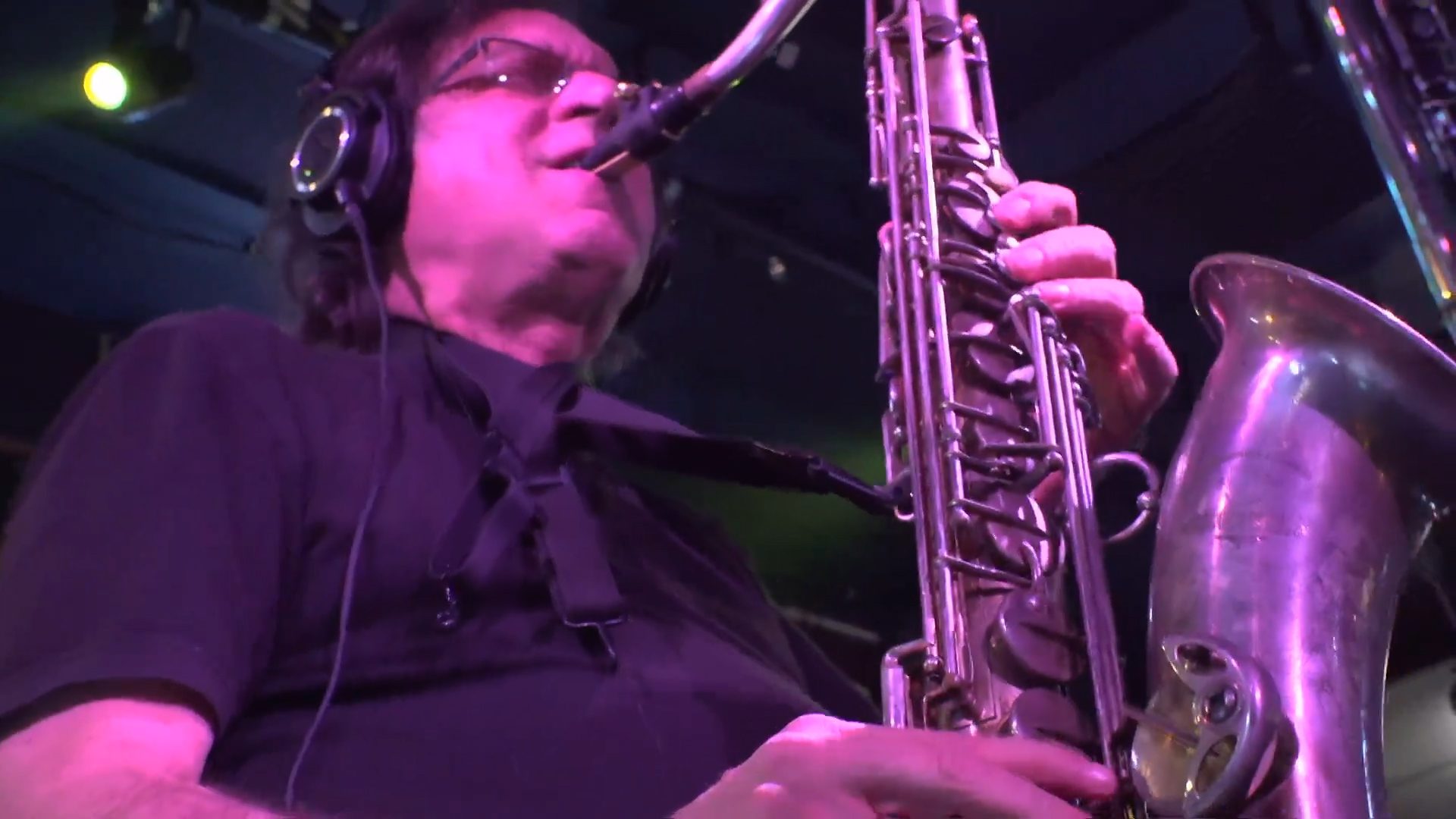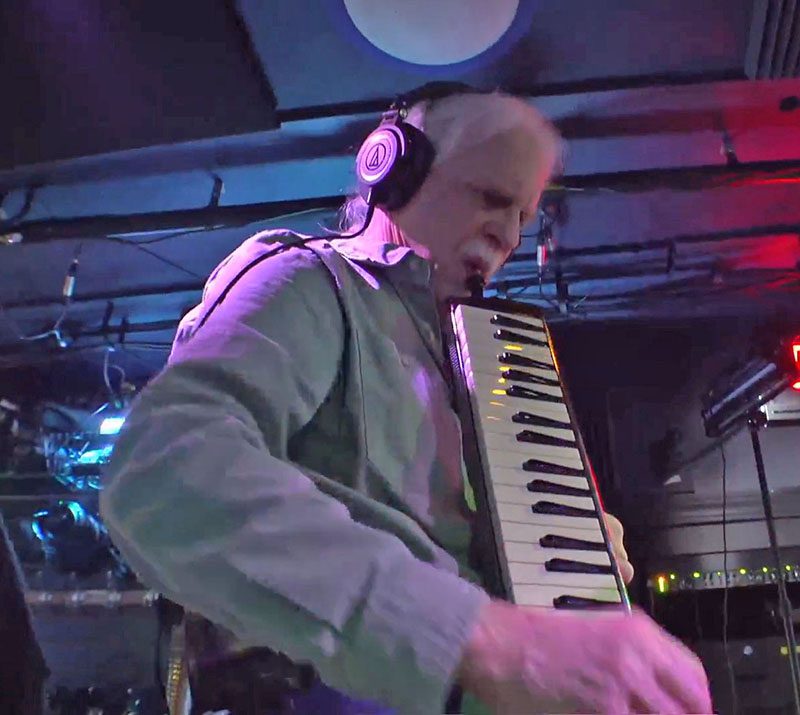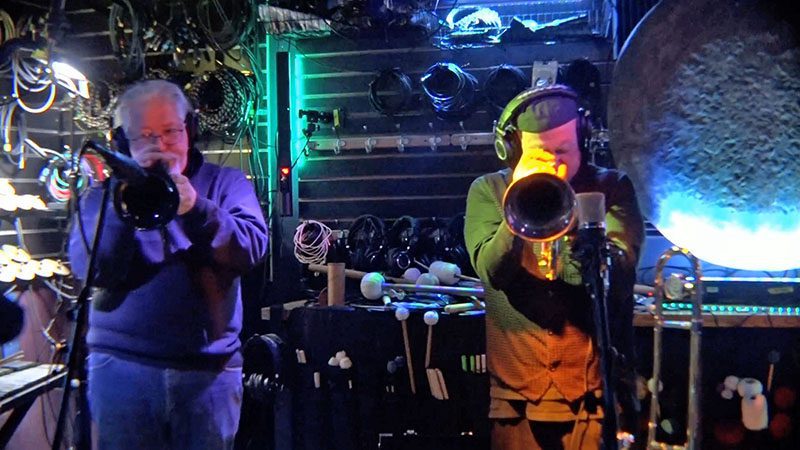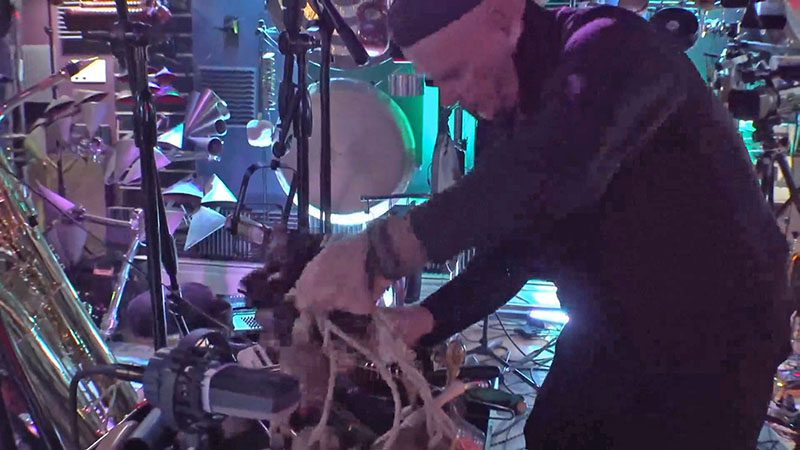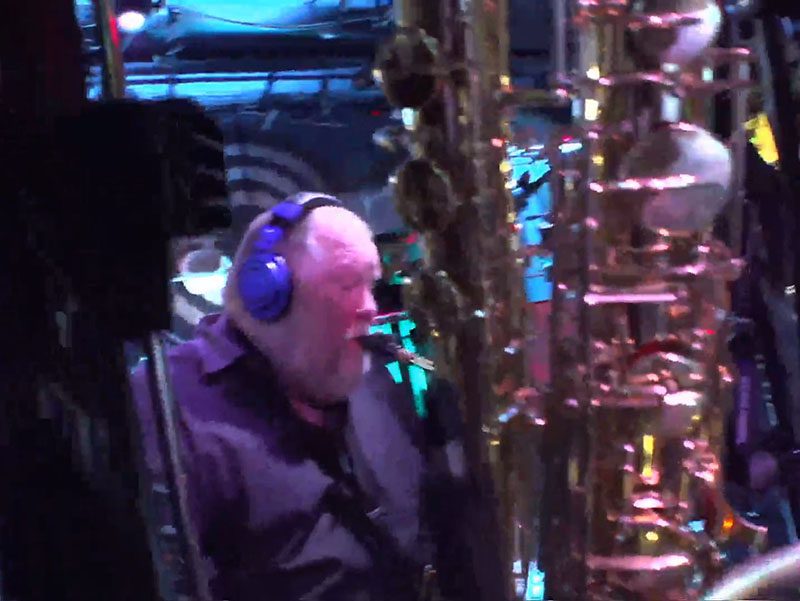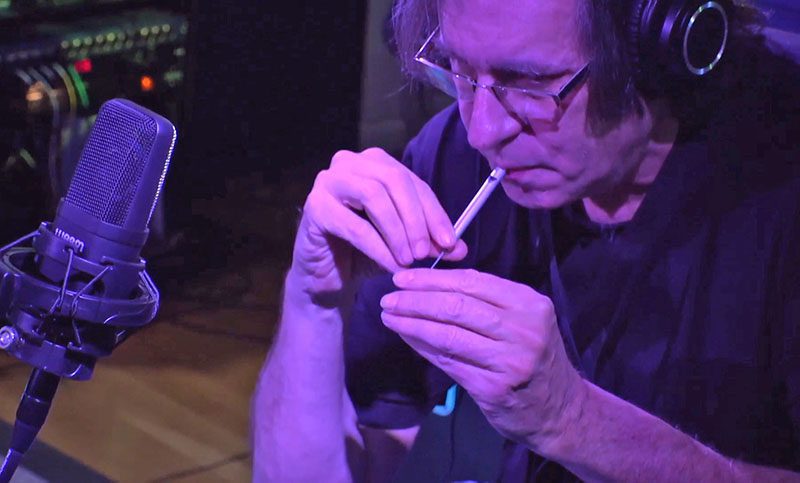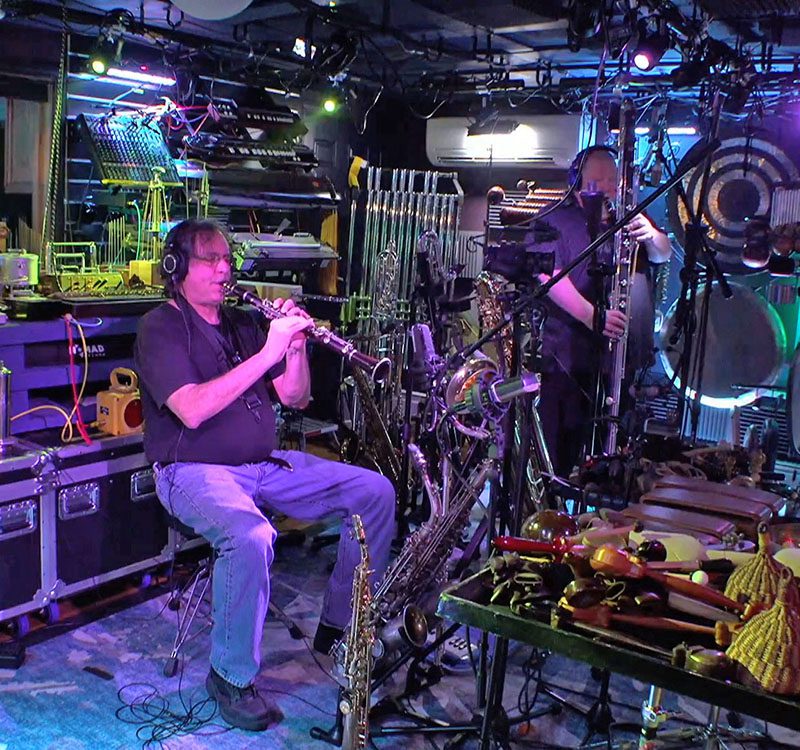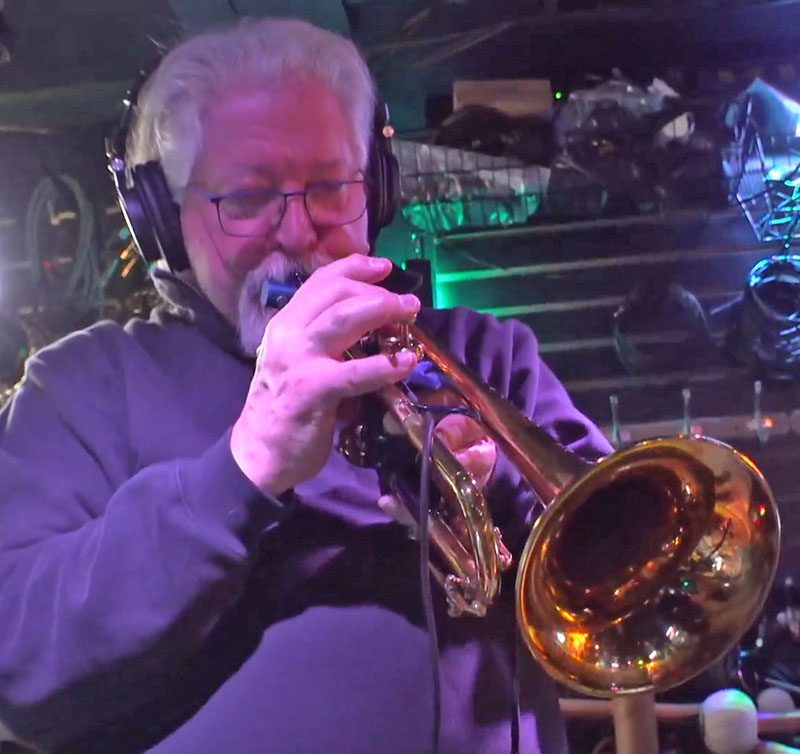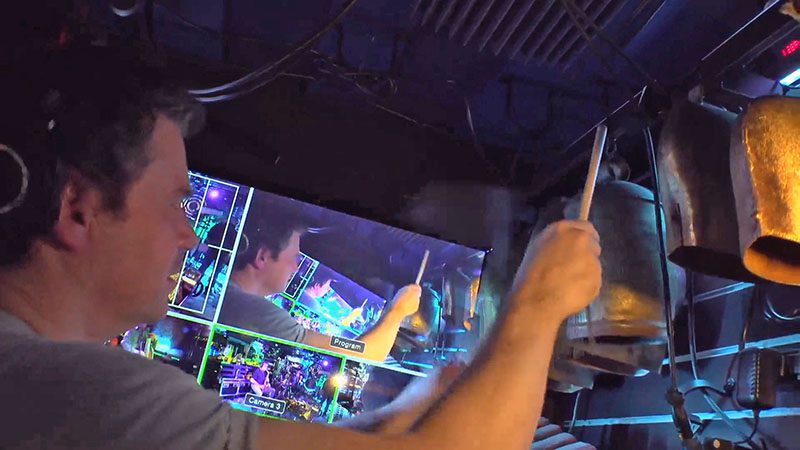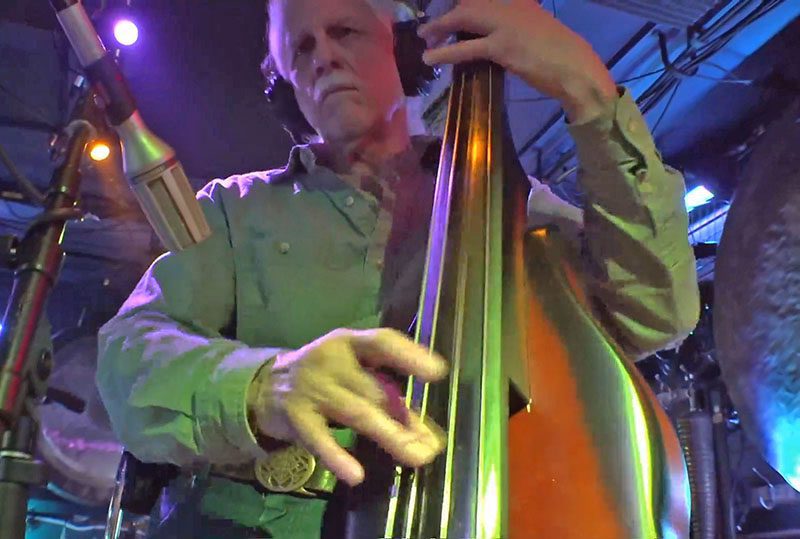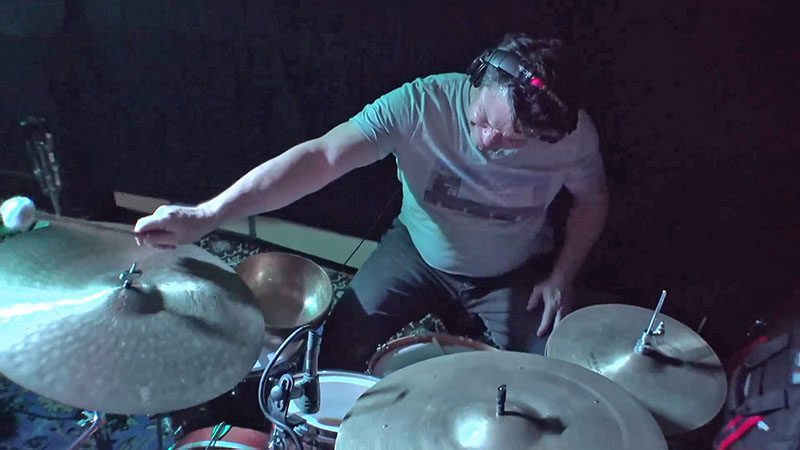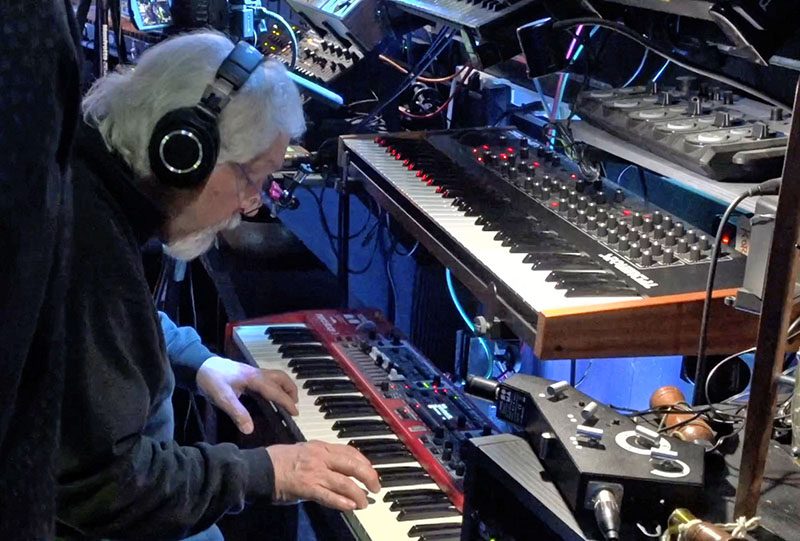Turbulence
Effects of Channeling
Excerpt From Liner Notes by PEK
“…When all the players play a lot of instruments from multiple categories of instruments, the sonority of the work is under constant transformation. The goal is to have many movements over the length of the work with an average duration of 3 or 4 minutes. A very apparent form arises from the improvision as we move through the sequence of drastically different textures. If anything, this piece moves at an even faster rate!…”


“This small-format Turbulence performance led by David Peck features an ensemble of six musicians — including Michael Caglianone, John Fugarino, Bob Moores, Scott Samenfeld, and Jim Lucchese — navigating broad-palette improvisation across a constantly shifting landscape of horns, percussion, strings, and electronics yielding evolving textures and intricate sonic interactions”
Squidco Staff
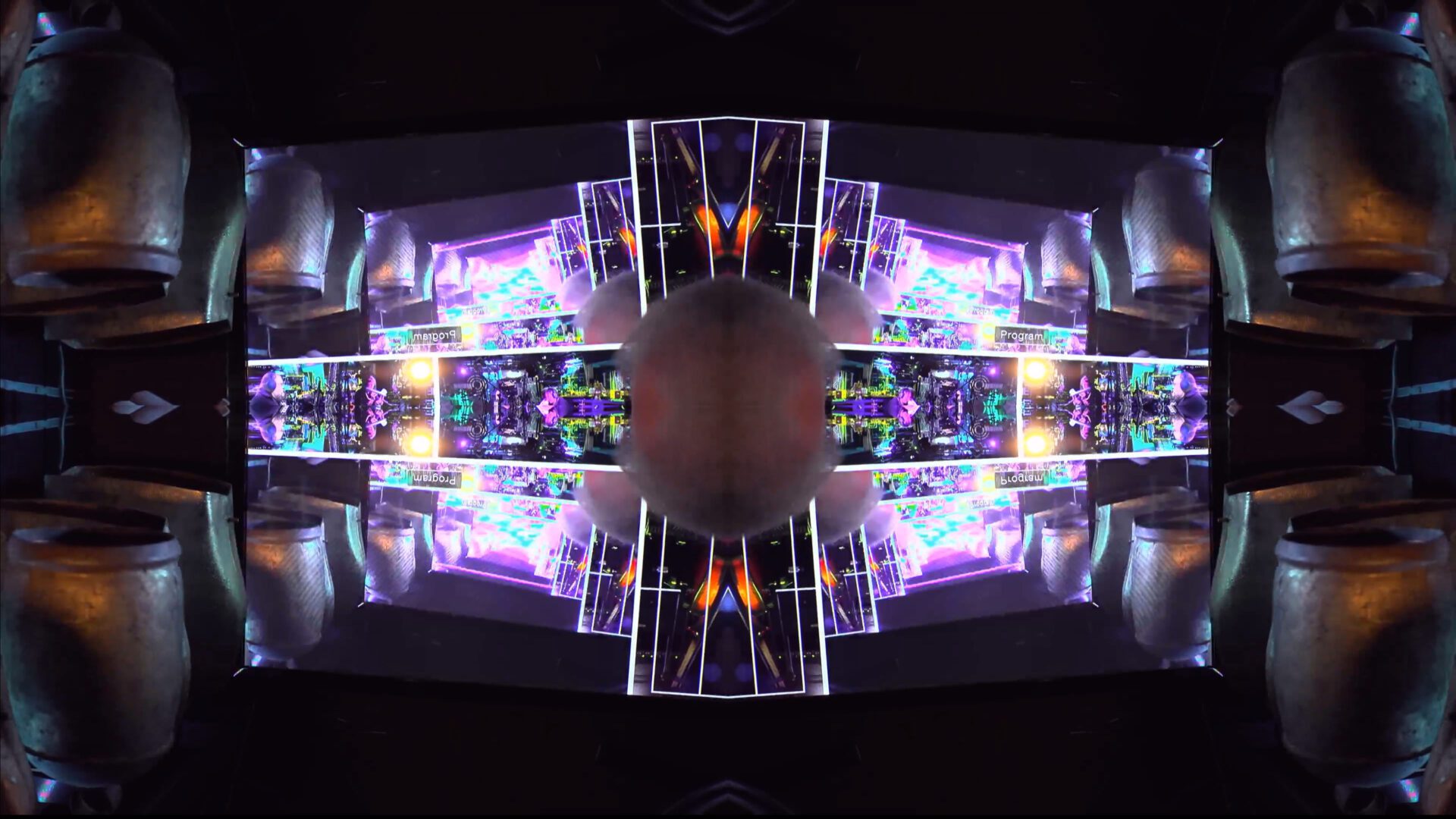

Turbulence
Evil Clown Headquarters, Waltham MA – 19 February 2024
1) Effects of Channeling – 1:09:522
2) Properties of the Crystal Lattice and its Perturbations – 6:09
PEK – clarinet & contrabass clarinets, alto & tenor saxophones, tarota, piccolo oboe, alto & bass flute, 5 hole wood flute, melodica, prophet, korg ms20, syntrx, novation peak, moog subsequent, Linnstrument controllers, theremin with moogerfooger, [d]ronin, 17 string bass, lfo percolator, array mbira, spring & chime rod boxes, gongs, brontosaurus & tank bells, cow bells, orchestral chimes, chimes, temple & wood blocks, log drums, danmo orchestral castanets, seed pod rattles, Tibetan bells, bowls & chimes, almglocken
Michael Caglianone – soprano, alto & tenor saxophones, clarinet, flute, melodica, hulusi, tiny slide whistle, wind siren, lfo percolator, shakers, orchestral castanets, log drums, wood & temple blocks, cow bells, balafon, xylophone
John Fugarino – trumpet, slide trumpet, flugelhorn, trombone, nord stage 3, prophet, spring & chime rod boxes, crotales, glockenspiel, almglocken, orchestral anvils, gongs, plate gong, seed pod rattles, shakers, wood blocks, orchestral castanets
Bob Moores – space trumpet, flugelhorn, brontosaurus & tank bells, crotales, glockenspiel, moog subsequent, nord stage 3, novation peak, Linnstrument controllers, Englephone, gongs, orchestral chimes, lfo percolator, rachet, shakers, orchestral castanets, log drums, wood & temple blocks, Tibetan bells & bowls
Scott Samenfeld – electric upright bass, melodica, shenai
Jim Lucchese – drums, gongs, brontosaurus & tank bells, log drums, wood & temple blocks, cowbells, almglocken, Tibetan bowls, balafon, xylophone, seed pod rattles, prophet
Joel Simches – Live to 2-track recording, real-time signal processing
Bandcamp | Squidco | YouTube 1 | YouTube Shorties | Soundcloud
Full Video
Video Shorties
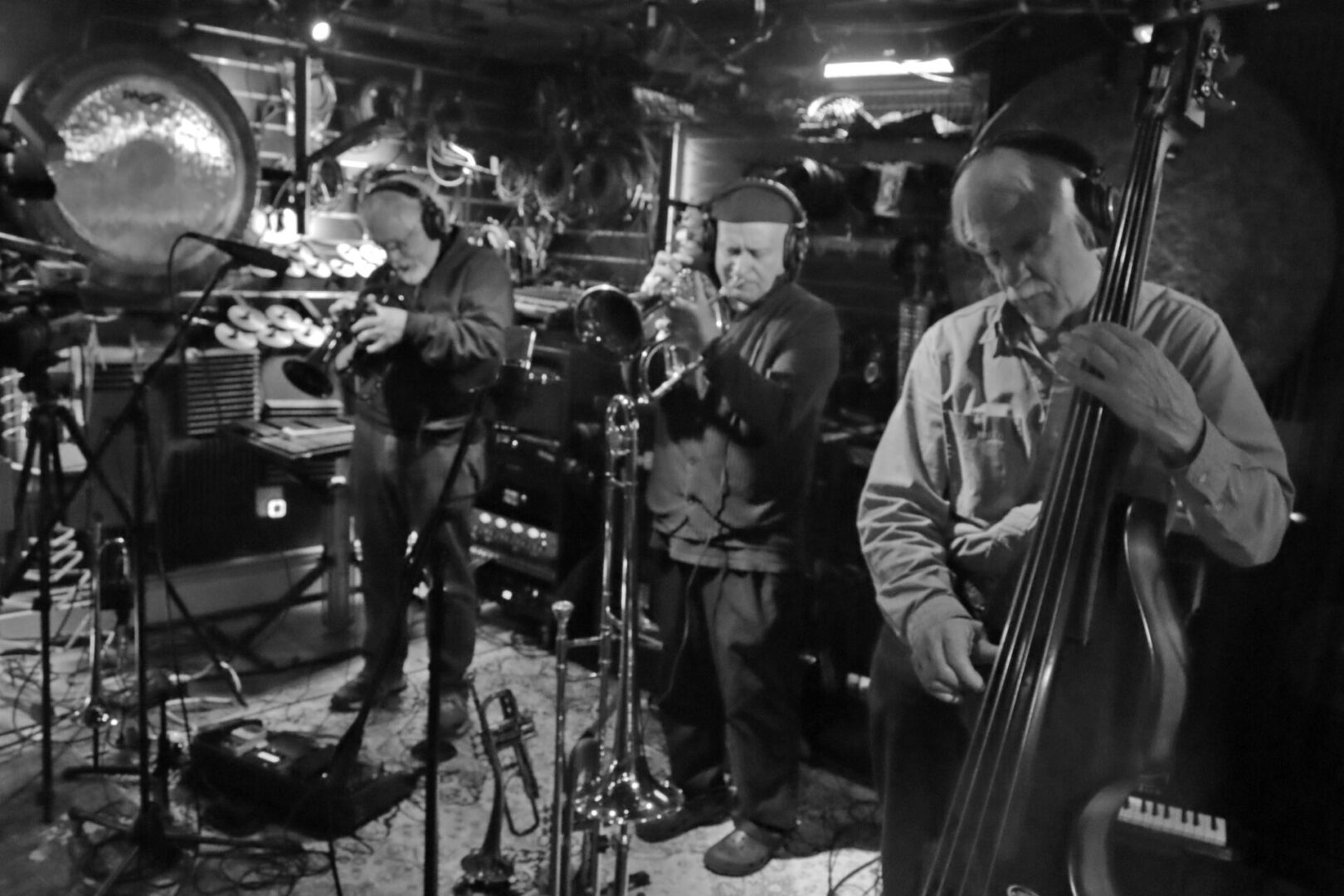

Liner Notes by PEK
I formed Turbulence in 2015 as I started to assemble players for the Leap of Faith Orchestra. Turbulence, the extended horn section for the Orchestra (along with guests on other instruments), also records and performs as an independent unit. As if this writing in 2023, we have recorded over 40 albums on Evil Clown with greatly varied ensembles. All the smaller Evil Clown bands are really more about a general approach, rather than a specific set of musicians. A session gets credited to Turbulence when it is mostly horn players and the only musician on all of them is me. A session gets credited to Turbulence Orchestra when the size of the band reaches 8 or more performers. The sessions range from an early duet with Steve Norton and me (Vortex Generation Mechanisms) to a 5-horn band with bass and two percussionists (Encryption Schemes) to four albums by the side project Turbulence Doom Choir which feature myself, multiple tubas, percussion, electronics, and signal processing and many other configurations.
Most recent Turbulence sets have been Turbulence Orchestra with between 8 and 11 players – bass and drums with the rest horn players (doubling the auxiliary instruments at ECH). I have about 20 horn players in the Roster and all of them are invited to these sessions which I schedule in pairs with one on a weeknight and one on the weekend to accommodate various scheduling obstacles. I’ve been using Scott Samenfeld on the bass along with Jared Seabrook, John Loggia or Michael Knoblach on drums as the rhythm section. Scott is a great bass player who is the most jazz oriented of all the bassists in the Roster, so the Turbulence Orchestra has been sounding like a 3 horn free jazz quintet but with lots of additional horn players.
This set is a small format Turbulence performance. At 6 musicians, it’s still a bit larger than most typical improvisation units but much smaller than a Turbulence Orchestra performance. We were going to do a septet with tenor player Hilary Noble who was recommended by Albey… Hilary is very busy and due to scheduling issues; we have had a few near misses. He was free of conflicts but had to withdraw right before the set since he got covid. The four horns in the horn section that remained from the original lineup are me and Michael Caglianone on reeds, and Bob Moores and John Fugarino on trumpets/brass. Bassist Scott Samenfeld and newbie at the drum set, Jim Lucchese, round out the ensemble. Jim played for years with Michael Caglianone in a band called Zen Bastards. The most frequent way people join the roster is through prior association with another player in the roster. Jim came to see a live show at the Lilypad in Cambridge a few months back and as he, Michael and I were talking afterwards, we recruited him to sign on. This is his second set after his debut with the newest Evil Clown ensemble Neurodivergent.
This performance is an excellent example of the broad palate improvisation that we specialize in here at Evil Clown Headquarters. The studio is packed with a very large number of percussion, electro-acoustic, electronic and string instruments. Every player in this performance played many instruments including multiple primary instruments and auxiliary instruments from the room except Scott who only played three instruments. The four horn players are all regulars and have performed many times on the available gadgets, and Jim got out from behind the drum set and played a lot of the percussion. When all the players play a lot of instruments from multiple categories of instruments, the sonority of the work is under constant transformation. The goal is to have many movements over the length of the work with an average duration of 3 or 4 minutes. A very apparent form arises from the improvision as we move through the sequence of drastically different textures. If anything, this piece moves at an even faster rate!
Anyway, I like this set and I bet you will too…
PEK – 2/20/2024
Paul Brennan Photos
and Video Screen Grabs
